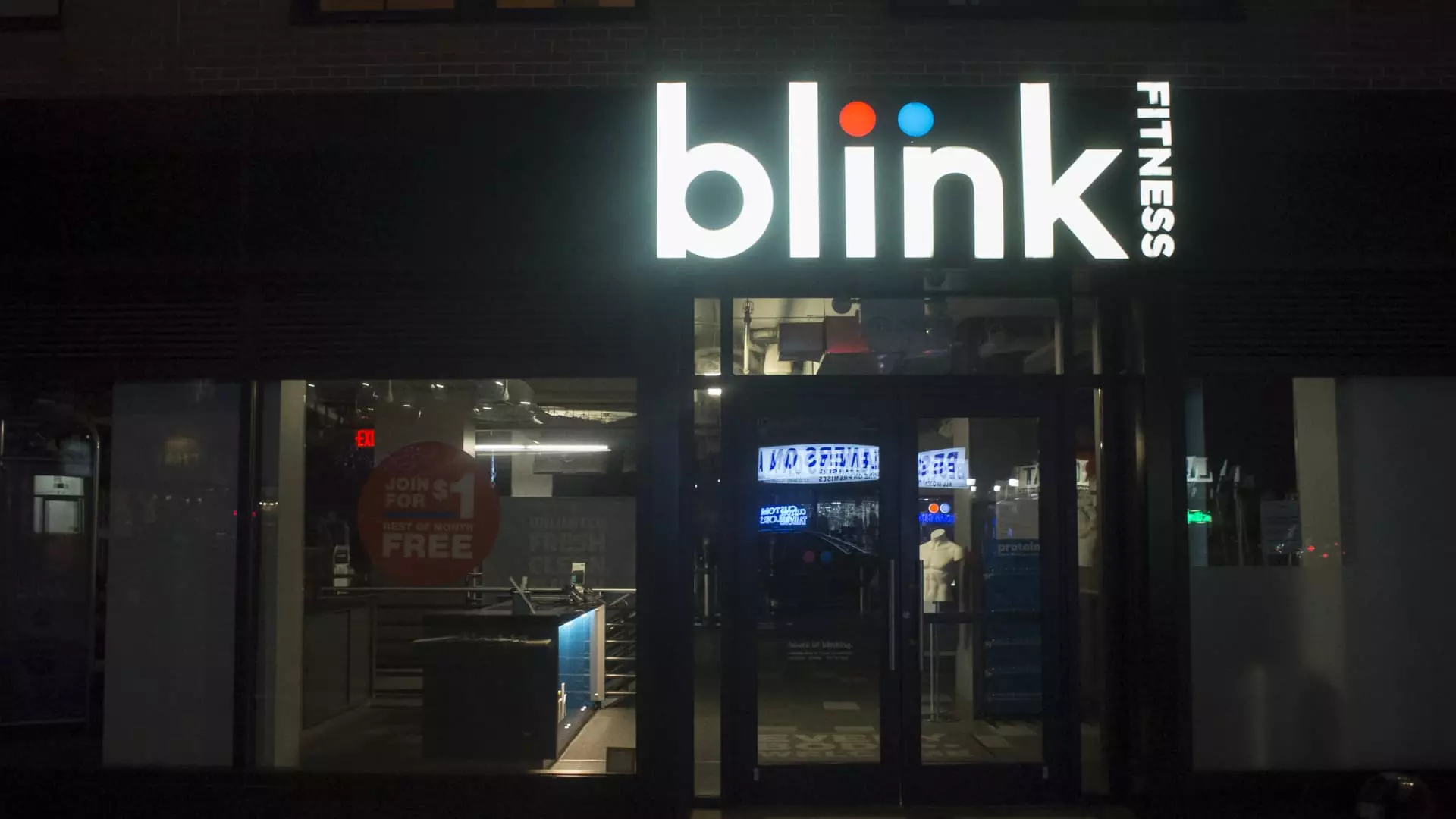Blink Fitness, a budget-friendly gym chain under the luxury fitness company Equinox Group, recently made headlines by filing for Chapter 11 bankruptcy protection. With over 100 centers across the United States, Blink Fitness joins a growing list of fitness chains seeking bankruptcy in the wake of the pandemic, including New York Sports Club, 24 Hour Fitness, and Gold’s Gym. The company’s decision to file for bankruptcy comes as a result of its assets and liabilities being valued at $100 million and $500 million, respectively.
Despite being a part of the Equinox Group, which also owns luxury fitness centers such as SoulCycle and Pure Yoga, Blink Fitness struggled to stay afloat financially. The luxury fitness company itself recently completed a $1.8 billion funding round to refinance its debt and reported a 27% revenue increase in 2023. Equinox has even opened up new locations globally in an effort to expand its reach. However, these moves did not help Blink Fitness avoid bankruptcy, raising questions about the risks involved in such rapid expansion.
Blink Fitness faced tough competition from other budget gym chains like Planet Fitness, which raised its base membership price to $15 per month earlier this year. Unlike Blink Fitness, Planet Fitness experienced a 7% year-over-year growth in membership, reaching a total of 19.7 million members. This success stands in stark contrast to Blink Fitness’s financial struggles, highlighting the challenges of operating a budget gym chain in a competitive industry.
The bankruptcy filing of Blink Fitness also sheds light on consumer spending habits when it comes to fitness. A CNBC/Generation Lab Youth and Money Poll revealed that approximately one-third of Americans between the ages of 18 to 34 spend between $1 and $50 a month on exercise and fitness, while 47% report spending nothing at all. These findings suggest that while there is a demand for affordable fitness options like Blink Fitness, consumers may not be willing to commit to long-term memberships at higher price points.
The bankruptcy of Blink Fitness serves as a cautionary tale for businesses looking to expand rapidly in the fitness industry. Despite being a part of a well-established luxury fitness company, Blink Fitness’s financial struggles demonstrate the challenges of competing in a crowded market. As the fitness industry continues to evolve, it will be crucial for companies to adapt to changing consumer preferences and spending habits in order to thrive in an increasingly competitive landscape.

